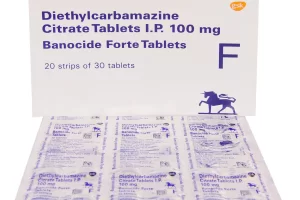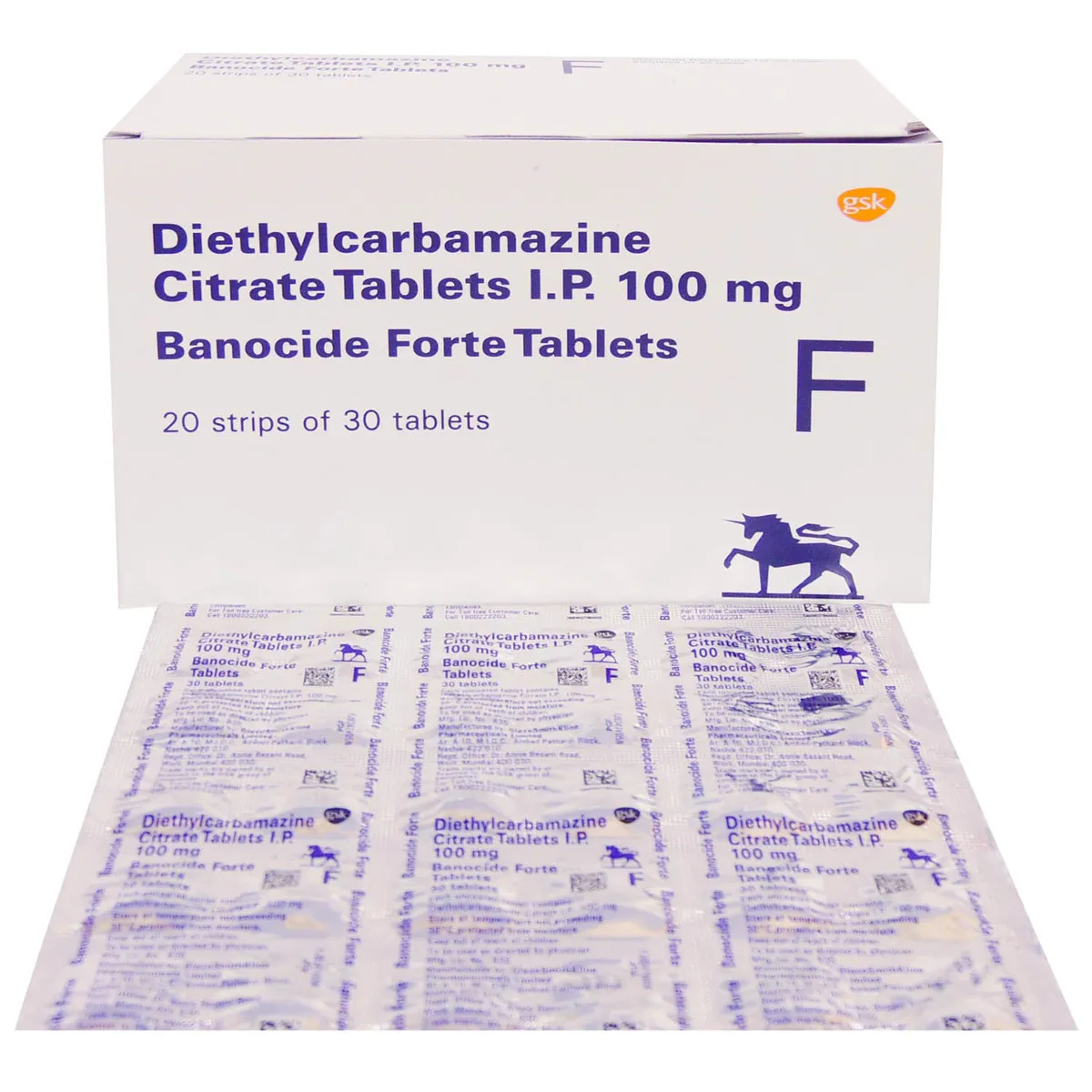In the medical sector, nurses are regarded as front-line caregivers. They ensure that the patients receive compassionate and effective care. The key responsibility of nurses in multilingual settings is to bridge the communication gap between healthcare providers and patients. Beyond this, nurses engage in cultural competency training to understand the diverse cultural backgrounds of patients. Therefore, nurses adapt the communication style of the patients to create a more inclusive and patient-centered care environment.
Moreover, in multilingual settings, where linguistic diversity is dominant, medical translation services are needed to ensure nursing excellence. In multi-specialized hospitals where patients come from diverse linguistic and cultural backgrounds, the patients often seek a little bit more than medical care. They desire a connection with someone who understands their health issues in their native language. Because patients feel comfortable describing their health issues in their own language.
Therefore, translation agencies and nurses become a central point, serving as medical assistants and bridges between patients and healthcare providers. So, there are some key components to achieving nursing excellence in a multilingual healthcare environment.
Tailoring Multilingual Medical Content for Nursing Practice
The medical department focuses on developing multilingual medical content for nursing and other healthcare practices to provide effective and patient-centered care in diverse healthcare settings.
Additionally, in an environment where patients speak different languages, nurses encounter challenges to ensure that the medical information is not only accurate but also comprehensible to patients and their attendants from different linguistic and cultural backgrounds.
Therefore, the medical department takes help from translation services to train and instruct the nurses to adapt the communication style, materials, and healthcare information to meet the specific linguistic preferences and cultural nuances of each patient in multilingual settings.
Documentation Translation for Nursing Staff
In multilingual medical settings where effective communication is necessary to provide optimal care to patients, the translation of medical documents stands as an essential support to offer patients from diverse backgrounds understanding and effective care.
Therefore, multilingual medical care requires assistance from medical document translation services, particularly in the context of nursing excellence in medical settings characterized by linguistic diversity.
Furthermore, the translation of these documents serves to ensure that the entire healthcare journey of patients, from initial assessment to diagnosis, treatment plans, precautions, and ongoing care, is accurately documented in their preferred language.
However, this documentation includes medical records, medical history, consent forms, discharge instructions, and all other written medical (informative) material important for comprehensive healthcare. Additionally, the nurses collaborate with professional translation agencies to ensure that the medical documents are translated accurately to reflect the nuances and cultural considerations of healthcare communication.
Cross-Cultural Competency Training
Cross-cultural competency training is essential in nurses’ professional development and enhancing interpersonal skills in diverse linguistic healthcare settings. However, this training goes beyond basic medical knowledge and clinical skills. These trainings help the nurses understand and create an effective and responsive nurse-patient interaction.
Moreover, it is essential to provide unbiased and equal care to patients from diverse linguistic and cultural backgrounds. It empowers the nursing staff to adjust their communication style to align with the cultural preferences of the patients.
Preparing Nurses for Emergency Situations
The nursing staff is trained with comprehensive emergency plans for communication. In multilingual settings, it provides care for a linguistically diverse patient population. However, the emergency communication plans include clear and standardized protocols. These protocols outline the precautionary measures that nurses and other healthcare providers should take in various emergency situations.
So, in multilingual settings, guidelines are translate for healthcare providers on how to communicate urgent/emergency information in a language other than the official language of a particular healthcare facility. Moreover, multilingual considerations in emergency communication plans involve access to interpretation services or professional interpreters who assist caregivers in real time.
Professional Development Opportunities for Nursing Staff
Accessible apps and tools for nurses
These online multilingual platforms present valuable opportunities for continuous learning. Additionally, it contributes to the ongoing professional development of the nurses. The nursing staff can enhance their language proficiency and cultural competence from these specialized platforms. Now, healthcare institutes invest in the continuous growth of their nursing staff by using translation services and their provided online translation apps.
Considering Translation Technology Solutions for Nursing
A significant advancement to enhance communication for nurses and patients is the inclusion of translation technology solutions in multilingual healthcare settings. The translation apps are important to facilitate real-time communication and overcome linguistic barriers to provide efficient patient care in a multilingual healthcare environment.
Furthermore, the advanced technology enables nurses to convey medical details in the patient’s native language and understand the patient’s concerns instantly. Therefore, these technologies allow the nursing staff to seamlessly incorporate themselves into their daily workflow to promote efficiency. Additionally, translation technology assists in minimizing miscommunication in patient care and promotes a positive healthcare experience for patients from diverse linguistic and cultural backgrounds.
Moreover, nurses are provided with accessible translation apps and tools for medical services to understand the patient’s concerns accurately. The investment in training the nurses about multilingual healthcare and the utilization of these translation apps off profit in terms of improved communication, patient satisfaction, and overall nursing excellence in multilingual settings.
Wrapping Up!
In conclusion, a comprehensive approach is require to achieve nursing excellence in the multilingual healthcare sector that incorporates language and cultural considerations. Nurses significantly contribute to shaping an inclusive and patient-oriented healthcare environment by prioritizing effective communication strategies.









